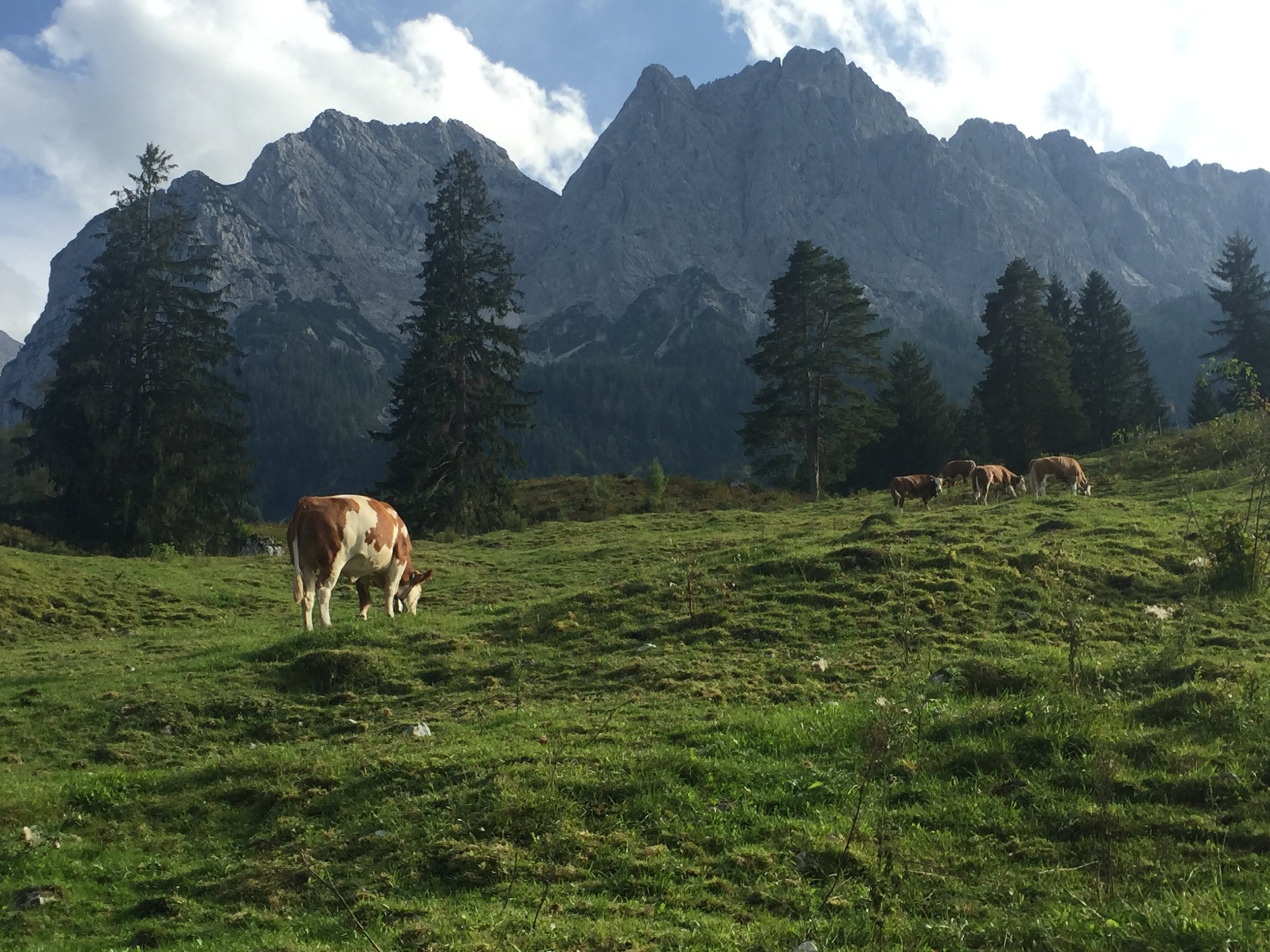As soon as my feet hit the floor this morning I could feel it. There was a sliver in my left foot. But it was so tiny—as in the size of a grain of pepper— that my husband could hardly see it even with the help of a headlamp and a magnifying glass. After he made a few gnarly attempts to get it out we decided that a trip to the doctor was in order. To get the sliver out, and to protect our marriage.
Hobbling into the doctor’s office, I felt a little silly. How could something so small hurt that much? Who knows why, and for that matter, who cares. It hurt, and it was going to continue to hurt until it was gone. It took the doctor less than 10 minutes to get it out, and the second I put weight on that foot, the pain was gone. As in gone-gone.
Left to its own devices, that little pepper-sized spec would have burrowed a little deeper, gotten infected, and made my situation a whole lot worse . It wasn’t fun getting it removed, but the relief was worth the price of admission.
What was true of my foot is true in life.
Left untended, a sliver of resentment can splinter a relationship, a scrap of fear can shatter a dream, and a fragment of shame can fracture a soul. That tiny sliver reminded me that noticing and tending to painful things early is the quickest way to the other side. The side where healing happens, wholeness returns, and the ground is firm beneath our feet.
I once had a friend tell mm that I’m always looking for a lesson to write about. And I think that friend was right. Not because I have so many things to teach, but because I still have so many things to learn.












